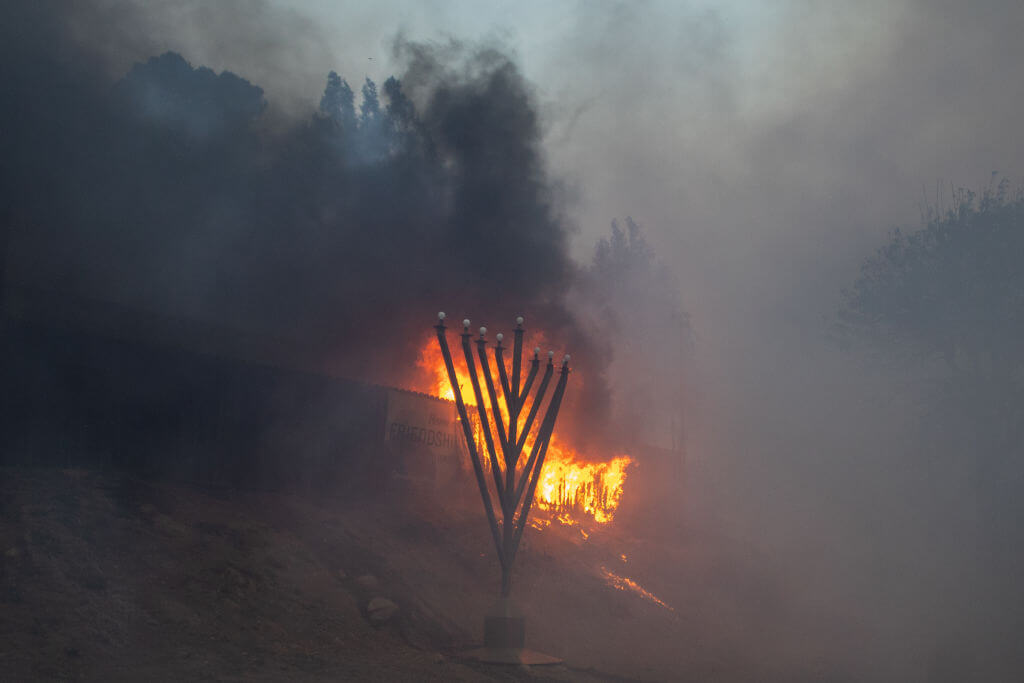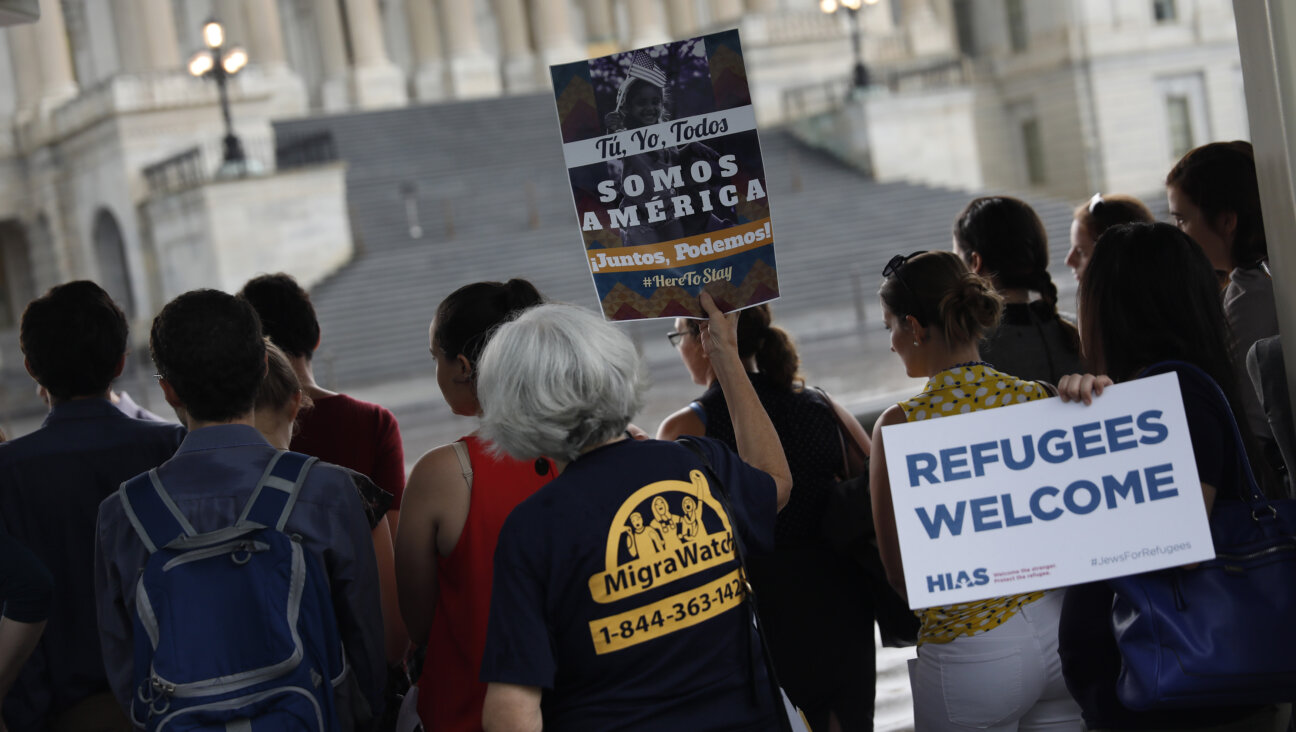Sandy Roars Ashore in New Jersey

Powerful Punch: Sandy was downgraded from hurricane strength but still did serious damage up and down the east coast. Image by getty images
Sandy, one of the biggest storms ever to hit the United States, roared ashore with fierce winds and heavy rain on Monday near the gambling resort of Atlantic City, New Jersey, after forcing evacuations, shutting down transportation and interrupting the presidential campaign.
High winds and flooding racked hundreds of miles (km) of Atlantic coastline while heavy snows were forecast farther inland at higher elevations as the center of the storm marched westward.
More than 2 million customers already were left without power by early evening and more than a million people were subject to evacuation orders. Many communities were swamped by flood waters.
The National Hurricane Center said Sandy came ashore as a “post-tropical cyclone,” meaning it still packed hurricane-force winds but lost the characteristics of a tropical storm. It had sustained winds of 80 miles per hour (129 kph), well above the threshold for hurricane intensity. Sandy previously had been characterized as a hurricane.
The storm’s target area includes big population centers such as New York City, Washington, Baltimore and Philadelphia.
Trees were downed across the region, untethered pieces of scaffolding rolled down the ghostly streets of New York City, falling debris closed a major bridge in Boston and floodwater inundated side streets in the resort town of Dewey Beach, Delaware, leaving just the tops of mailboxes in view.
In Washington, President Barack Obama appealed to the tens of millions of people in the hurricane’s path to follow directions given to them by authorities.
“If the public’s not following instructions, that makes it more dangerous for people, and it means that we could have fatalities that could have been avoided,” Obama said at the White House, adding that people should expect long power outages and idled transportation systems.
U.S. stock markets were closed for the first time since the attacks of Sept. 11, 2001, and will remain shut on Tuesday. The federal government in Washington was closed and schools were shut up and down the East Coast.
One disaster forecasting company predicted economic losses could ultimately reach $20 billion, only half insured.
Governors up and down the East Coast declared states of emergency. Maryland’s Martin O’Malley warned there was no question Sandy would kill people in its way.
Sandy made landfall just south of Atlantic City, about 120 miles (193 km) southwest of Manhattan. Casinos in Atlantic City had already shut down.
PRESIDENTIAL CAMPAIGN INTERRUPTED
The storm interrupted the U.S. presidential campaign with eight days to go before the election, as Obama and Republican challenger Mitt Romney canceled events. Both men acted cautiously to avoid coming across as overtly political while millions of people are imperiled by the storm.
The early signs were that New York City was mostly weathering the storm well.
“In the olden days, you would have had lots of fatalities. We’re not through this yet. … It may be as bad of (a) storm as we’ve ever seen, but I would expect the damage to be relatively minor,” New York City Mayor Michael Bloomberg told a Monday evening news conference.
New York City evacuated neighbors of a 90-story super luxury apartment building under construction after its crane partially collapsed in high winds, prompting fears the entire rig could crash to the ground.
Meteorologists say Sandy is a rare, hybrid “super storm” created by an Arctic jet stream wrapping itself around a tropical storm.
The combination of those two storms would have been bad enough, but meteorologists said there was a third storm at play – a system coming down from Canada that would effectively trap the hurricane-nor’easter combo and hold it in place.
While Sandy does not have the intensity of Hurricane Katrina, which devastated New Orleans in 2005, it has been gathering strength. It killed 66 people in the Caribbean last week before pounding U.S. coastal areas as it moved north.
An AccuWeather meteorologist said Sandy “is unfolding as the Northeast’s Katrina.”
Forecasters said Sandy could be the largest storm to hit the mainland in U.S. history.
Off North Carolina, the U.S. Coast Guard rescued 14 of the 16 crew members who abandoned the replica tall ship HMS Bounty, using helicopters to lift them from life rafts. The Coast Guard later recovered the body of an “unresponsive” 42-year-old woman while continuing to search for the 63-year-old captain of the ship, which sank in 18-foot (5.5 meters) seas.
The crew of the three-mast, 180-foot (55-meter) Bounty took to life rafts about 90 miles (145 km) southeast of Hatteras, North Carolina when the vessel began to take on water about 160 miles (260 km) from the storm’s eye.
A message from our Publisher & CEO Rachel Fishman Feddersen

I hope you appreciated this article. Before you go, I’d like to ask you to please support the Forward’s award-winning, nonprofit journalism so that we can be prepared for whatever news 2025 brings.
At a time when other newsrooms are closing or cutting back, the Forward has removed its paywall and invested additional resources to report on the ground from Israel and around the U.S. on the impact of the war, rising antisemitism and polarized discourse.
Readers like you make it all possible. Support our work by becoming a Forward Member and connect with our journalism and your community.
— Rachel Fishman Feddersen, Publisher and CEO























